
Charting an American Republic
The Origins and Writing of the Federalist Papers
JUDE M. PFISTER

McFarland & Company, Inc., Publishers
Jefferson, North Carolina
LIBRARY OF CONGRESS CATALOGUING DATA ARE AVAILABLE
BRITISH LIBRARY CATALOGUING DATA ARE AVAILABLE
e-ISBN: 978-1-4766-2740-3
2016 Jude M. Pfister. All rights reserved
No part of this book may be reproduced or transmitted in any form or by any means, electronic or mechanical, including photocopying or recording, or by any information storage and retrieval system, without permission in writing from the publisher.
Front cover illustration 2016 iStock
McFarland & Company, Inc., Publishers
Box 611, Jefferson, North Carolina 28640
www.mcfarlandpub.com
To my wife,
Miriam
Acknowledgments
This book was the result of a propitious confluence of events too long to enumerate. However, the author acknowledges the role chance plays in any such events and is extremely grateful that those events saw fit to shine on him. That said, there are real-world debts to repay, however inadequately. First, as always, thanks to my colleagues Joni Rowe and Sarah Minegar at Morristown National Historical Park. They are two of the hardest working and most devoted preservationists I know. Thanks are due to the 2015 Morristown NHP summer intern Allison Alecci, who assisted with images. The parks fantastic Lloyd W. Smith archival collection is truly a gem and I benefitted greatly from the original sources found there. Thanks to Tom Ross, superintendent of Morristown NHP. Thanks are due to the Washington Association of New Jersey for its trailblazing efforts in historic preservation over a century ago, and especially to former board member, the late Alan Shaw, whose encouragement was greatly appreciated.
I wish to thank Kelly Cobble, Adams National Historical Park, for her assistance with several images. Thanks also to Doug Mayo at the Rockefeller Library at Colonial Williamsburg. Special thanks to Rebecca Romney at Bauman Rare Books. I would also like to thank Jonathan Connolly, David Riggs, and Michael Byrd at Colonial National Historical Park. David Cowen at the American Museum of Finance is a true colleague and scholar. Thanks to my National Park Service colleagues at Independence National Historical Park, Karie Diethorn and Andrea Ashby. A great thank you is due to Debbie Van Buren.
While many had a hand in this project, only one is ultimately responsible for the final product. As such, I take full responsibility for any errors within.
Preface
One aspect that is often overlooked or lost in the general understanding of the American Revolution is the fact that the Revolution was much more than the military action that occurred over the course of eight years (17751783). The social, political, and economic transformations that transpired were just as significant, and perhaps more so, than the military aspect of the eight years of fighting. This understanding is not unknown and generally acknowledged by historians in the academic world; however, it is much less known or acknowledged by the general public. Historians first started writing about the Founding Era over two hundred years ago, yet from the outset the effort to understand the ideas that drove the military action has been difficult to trace.
John Jay, serving in Paris at the Peace negotiations in 1783 to end the American Revolution, hit upon the idea of trying to understand the thinking that occurred en route to independence when he wrote a letter to the secretary of the Congress Charles Thomson on July 19 of that year. Jay described his desire to see a history of the Revolution from the standpoint of the political or non-military aspect. Jay wrote, it need not be burdened with minute accounts of battles, sieges, retreats, evacuations & etc.leave those matters to the voluminous historians. Jay had encouraged Thomson to write the history, as he had the best working knowledge, having been secretary of the Continental Congress since it first met in 1774. Jay, writing this letter in 1783, as the Paris Peace negotiations that formally ended the War for Independence were concluding, sensed a noteworthy moment in history was passing and it needed to be recorded. Unfortunately, Thomson did not take up the challenge (others encouraged him too, and he did make notes and drafts but destroyed them before his death). This book, however, will take some inspiration from Jay (as he is a main figure, having been a co-author of The Federalist papers) and focus on the governing, political side of the equation of the Revolutionary era. The military story has been told so many times and in so much detail there is little more that need be said. In 1895, historian Herbert Friedenwald wrote an article for the Pennsylvania Magazine of History and Biography. He lamented this lack of Congressional history when he wrote:
The popular, and to a great degree the scientific mind has always been much attracted by the opportunities afforded for recounting the story of successful deeds at arms and of the display of heroism in adversity. In consequence, the purely military features of the Revolution have received such adequate treatment, from nearly every point of view, that only here and there does an obscure point yet await elucidation.
Stories of military exploits got assistance from countless veterans, before they died, recounting their tales over the decades after the War. Their stories were in turn handed down to new generations and so on and so on. The Continental Congress, by comparison, could hardly compete. It is hard to imagine former members gathering the children and grandchildren around the dining table or fireplace to regale them with the great deeds that father or grandfather performed while in the Continental Congress.
However, as every story must have a beginning, this book will begin in chapter 1 with the military story rippling through the critical year 1781, which began with a mutiny and culminated with the victory at Yorktown.
Yet, it is this complexity that allows us to fully appreciate and recognize the genius of people from the past. More importantly and specifically for this study, it allows us to understand the creation of TheFederalist papers in their context and situational environment. That environment was multifaceted and constantly shifting and some of that fluidity will, hopefully, come across as one reads this book. Members of the Continental Congress (the main characters of this book) came and went while attitudes and understandings wavered. Finding the common ground was difficult when the ground was sometimes not even there. Finding common ground was nearly impossible when some of your Congressional colleagues did not even bother to show up for sessions of Congress.
Heroes
The heroes of this book are the thinkersand their ideasof the colonial, Revolutionary, and the Early National Period, of American history. This period covers about ten years, from 1780 to 1790. This is a somewhat arbitrary date range, but it nonetheless provides a timeline as framework for placing this story within. It has long been settled that the soldiers, fighters, and especially George Washington, are the heroes of this time period and of the American Founding. Without the contest of arms, the pronouncements of thinkers would have little effect; as was the case in the period this study will look at, combat is a much more effective persuasion than mere words, especially during a revolt. Yet, revolt was what faced American thinkers from 1775 to 1783, when the resort to military measures was employed. Still, the first thing the colonial thinkers did was form a congress, not an army. The Continental Army was officially formed on June 14, 1775, while the Continental Congress met for the first official time on September 5, 1774.
Next page
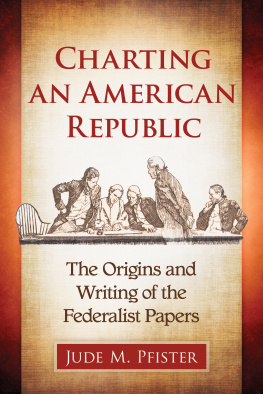

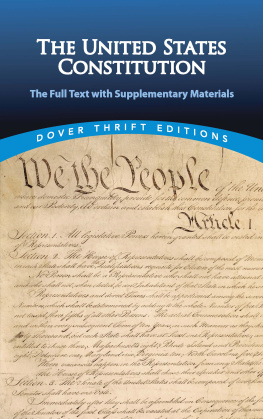
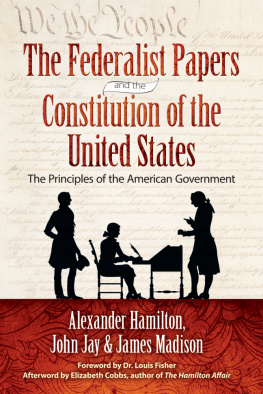
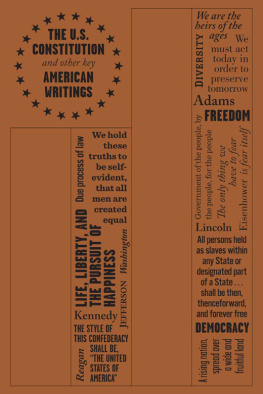
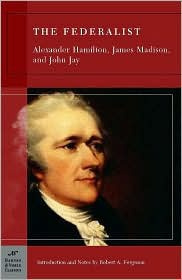
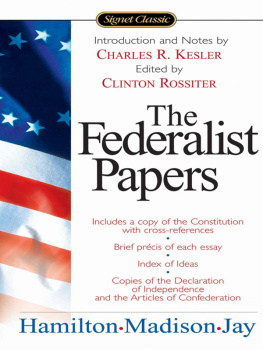
![Jay John - The Federalist : a collection of essays, written in favour of the new Constitution, as agreed upon by the Federal Convention, September 17, 1787. : In two volumes. Vol. I[-II.]](/uploads/posts/book/76130/thumbs/jay-john-the-federalist-a-collection-of-essays.jpg)


